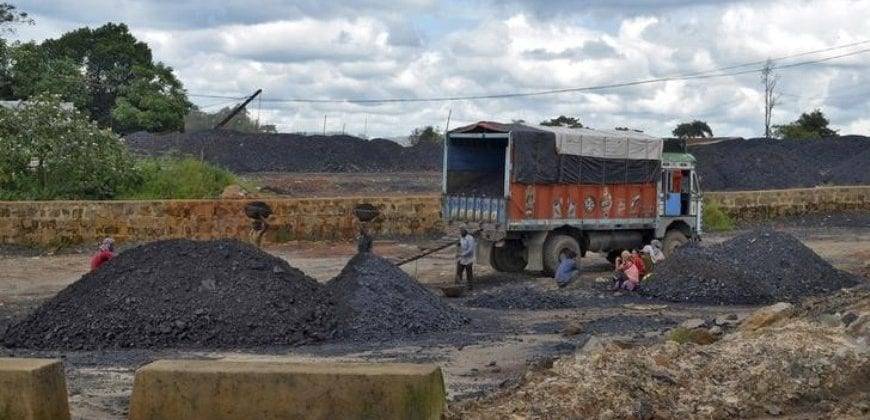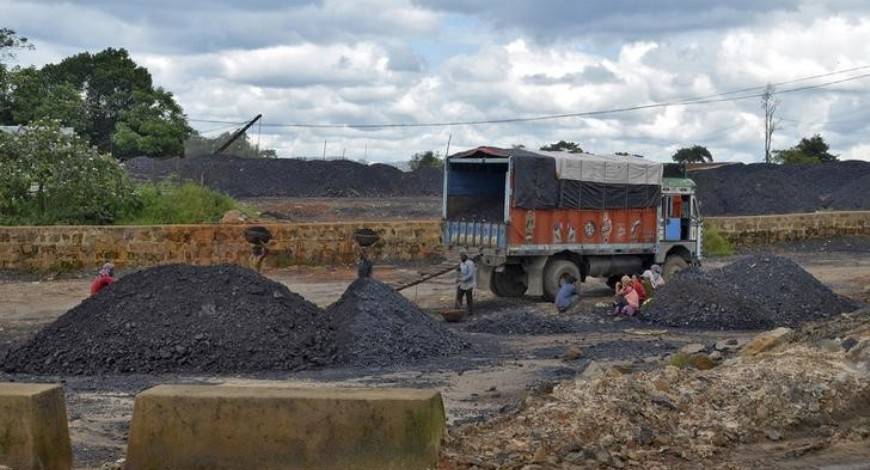


The man-made built environment comprising infrastructure, construction and real estate is imperative to human existence just as much as the natural ecosystem. This also assumes significance more specifically in the context of the urban areas. Various issues confronting the latter have come to the forefront in recent times, for example, the smog in Delhi and the aftermath. Broadly, it becomes extremely difficult then to determine the link between built environment and issues in a linear, deterministic fashion as they may both reciprocally influence each other. Frameworks involving neoliberalism, minority rights and ecology came up at a Symposium involving a dialogue between India and UK on ‘Built Environment, Knowledge, Praxis: Post-Colonial Conversations’ at the Bartlett School of Architecture, UCL in 2014. As a sociologist and as a proponent of Liberal Education, it becomes important for me to locate built environment in a social context, understanding the reciprocal linkages and impacts in terms of organization of lives and also points of acceptance as well as dissent between man -made structures and communities.
I came across this book by Amos Rapoport – The Mutual Interaction of People and Their Built Environment – wherein the socio-cultural aspects of the relationship between man and the environment have been highlighted. This entails an understanding of the characteristics of people in groups not only in terms of their tendencies and predispositions but the broader fabric in terms of values, beliefs, institutional frameworks in which they are embedded. It also involves an analysis of the symbolic meanings that communities confer to physical creations. Thus built environment cannot be merely looked upon from a macro perspective. It is an area that can be explored within and across regions, in fact, cross-culturally. If there are decisions shaping the acts of creating, at the other end of the spectrum they also involve choices on the parts of communities to accept or resist these creations. It is important to understand the forces shaping the choices at both ends. If the ideational aspect of the creation is significant, so also is the interpretive aspect of it. Reinforcing this, Dickens (1992) has highlighted the social construction of nature, in that people create it and in turn are modified by the process of creation. The spatial dimensions intersect with cultural. A comprehension of challenges and opportunities through disciplines like sociology, psychology, anthropology, political science and for that matter even history among others is the need of the hour especially in the Indian context.
A Liberal Education approach will help in looking at built environment not merely in terms of infrastructure. Students seeking professional careers in the domain will understand their roles from a broader perspective in terms of curriculum as well as skills by being exposed to multi-disciplinary discourses. Anant National University stands apart. Embarking on a ‘liberal’ path, the university endeavors to look at built environment from a holistic perspective.